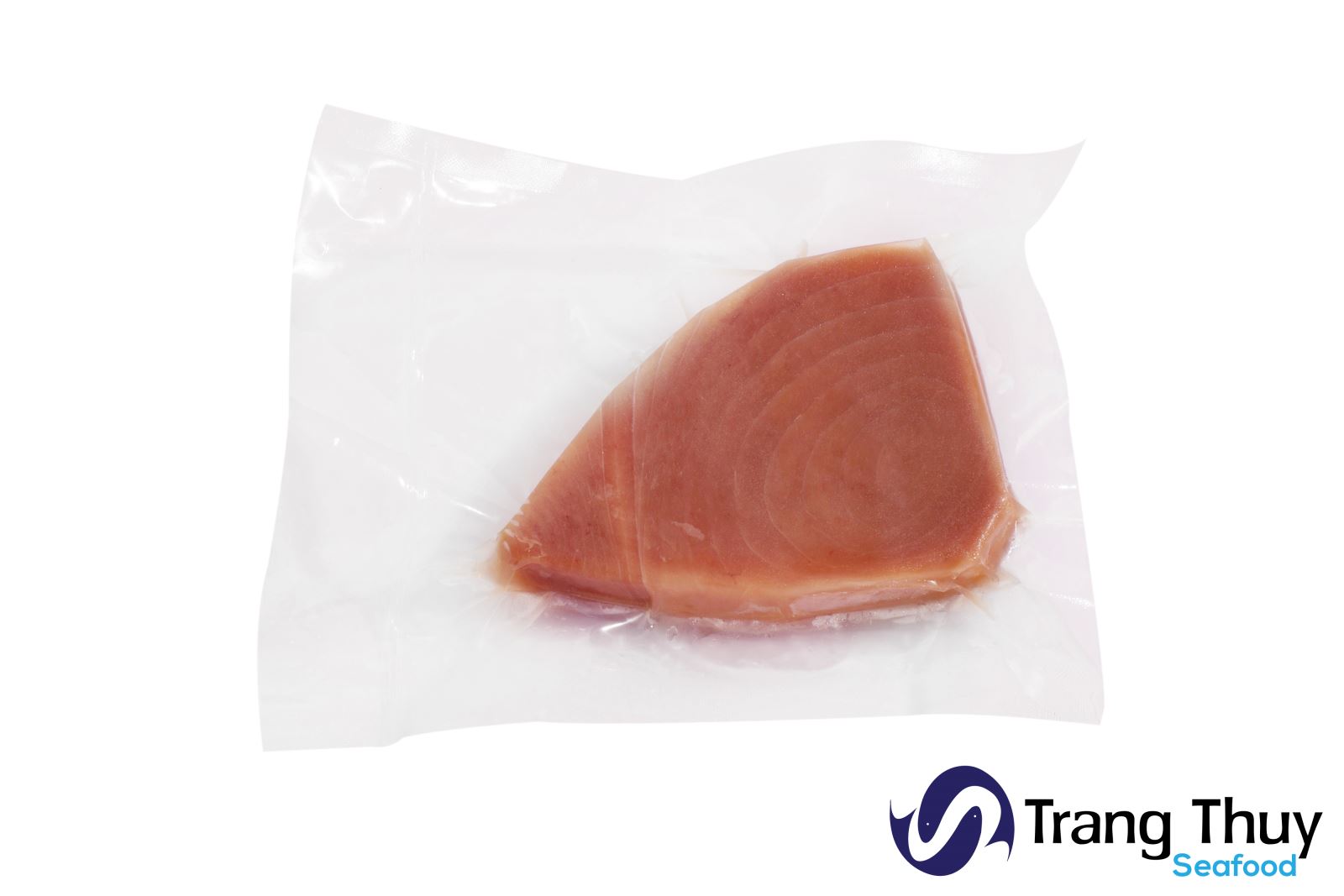By Ngoc Anh – Nhip song kinh te
Sunday, Nov 11, 2018, 14:49 (GMT+7)
English version: by Trang Thuy Seafood Co., Ltd
Vietnam Association of Seafood Exporters and Producers (VASEP) said that in the context of declined export volume seen in most of the main markets last September, Canada has emerged as a bright spot with a notable raise of 142% compared to its raise in September, 2017.
Canada is well known for its developed fishing technology. Each year, this country catches more than 3,800 tons of Pacific Albacore tuna but still cannot meet its domestic demand. Canada, thus, has to import tuna from other countries around the world.
By the end of 2017, Canada was the world’s fourteenth largest importer of tuna. According to the statistics of The International Trade Centre (ITC), for the first half of 2018, the Canadian importation of canned tuna made up more than 86% of the total import volume of this country.
Among the supplies, ASEAN countries constituted over 84% of the total volume. ITC’s statistics showed that the export of ASEAN countries to Canada was being continuously unstable as in a sin chart. The tuna import of Canada from ASEAN countries fluctuated between 1.7 and 3.7 thousand tons for the first 6 months of this year.
Thailand, Vietnam and Philippines are currently the three largest tuna supplies in ASEAN for the Canadian market. With the biggest market share up to almost 75% out of the total tuna import of Canada, Thailand was ruling the Canadian tuna market, especially the processed and canned tuna segment. Meanwhile, Philippines and Vietnam made up only 4% of the market share.
While Canada has been inclined to reduce the import from Thailand, its import from other countries including Vietnam has been raising. This could be a signal that Canadian businesses have been diversifying their supplies instead of relying on the Thai supplies. Besides, the increasing price of skipjack tuna in Bangkok has significantly diminished the competitive edge of Thai canned tuna products in the Canadian market.
On top of that, the tuna landing in Thailand have been decreasing recently due to the ban on illegal fishing in some catching areas causing the limited Thai processed tuna supplies. Canada, therefore, has to look for alternatives from Philippines and Vietnam.
According to the statistics from General Department of Vietnam Customs, for the first 9 months of the year, Canada imported Vietnamese tuna products worth approximately 11 million US Dollars, increasing by 13.5% compared to the same period last 2017. Out of the products, frozen tuna loin/ fillet accounted for the most significant proportion – 69%. Vietnamese export of tuna products to Canada during this time has seen a substantial increase compared to the same period last year, except for frozen tuna loin/ fillet.

While processed and canned tuna imported into Canada are imposed with tariffs, fresh, live and frozen tuna products are completely not taxed. Vietnamese imported canned tuna is currently under a 4% tariff in Canada, while Thailand 5.8%, Philippines 4%, The United States 0% and Italy 5.8%.
According to VASEP, imposing tariff-free policy on imported live and frozen tuna and low tariffs on canned tuna, Canada has been a bright import market for exporters for the time being, especially in the context of unstable import demand from traditional large markets such as The United States and EU.